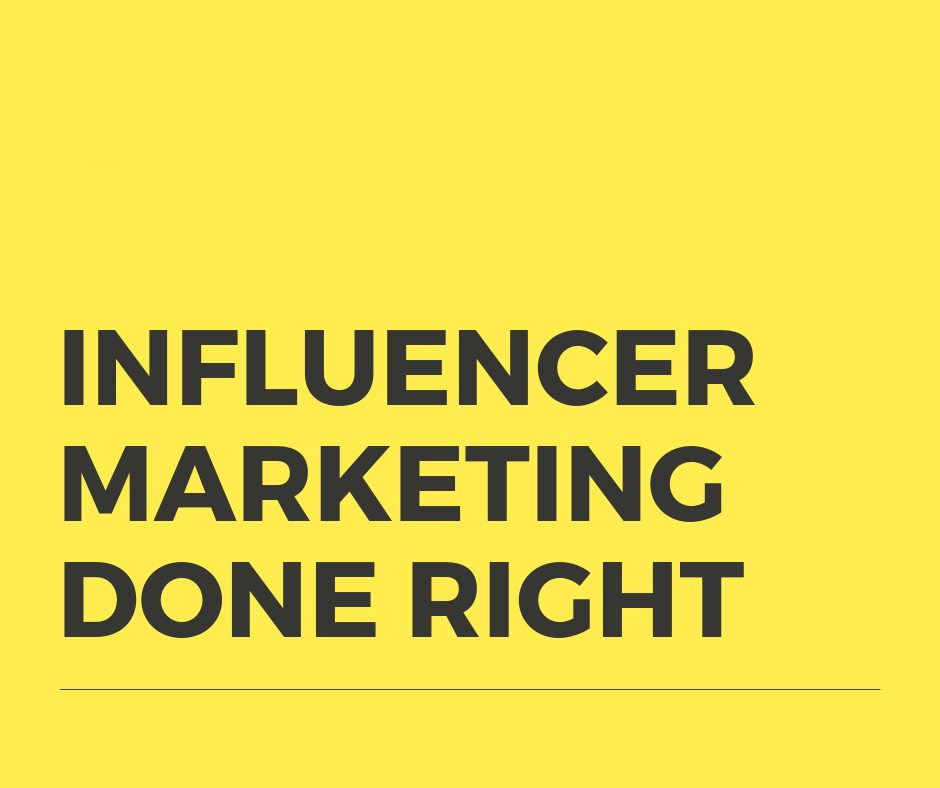
7 Steps to Create Successful Digital Marketing Strategy
Should you do Digital Marketing or not is not a question anymore. How can you successfully leverage Digital Marketing is the question to ask. The answer to this question revolves around your digital marketing objectives, you target audience, choice of channels, how to measure ROI etc.
While there’s no formula for success, these 7 steps will surely increase your chance of success in leveraging digital marketing.
- Defining your Digital Marketing objectives: This is the first and most important aspect of your digital marketing strategy. Everything else depends upon on how clear you are about your digital marketing objectives.
- Choosing right Digital Marketing channels: One of the common mistakes in choosing digital marketing channel is to go after currently popular channels. However, you should look for channel(s) where you target audience is present.
- Creating relevant content: Whether its traditional or digital marketing, your primary task is to address the concerns of your target audience across their buying journey.
- Developing Content Library for selected channels: Once you have broad level content structure in place as defined above, you’ve to customize it for selected channels. The customization includes various types of content, i.e. text, images, videos, presentations etc.
- Leverage Paid Advertising: Paid advertising channels such as Google AdWords, Facebook Ads and LinkedIn Ads are very relevant sources for creating initial success and to scale it.
- Create Action Plan: The final step before you start executing is to put timelines and responsibilities across relevant teams.
- Measure Results and Optimize: Ability to measure and optimize in real time is one of the key advantages of digital media. Ensure that you’ve defined relevant metrics and chosen relevant tools to measure your performance before you go live.
Hope these steps give you the clarity and structure to maximize the ROI of your digital marketing efforts.
The author, Pradeep Chopra is a serial entrepreneur with over 16 years of digital marketing experience. He’s the CEO of Digital Vidya, one of Asia’s leading digital marketing training companies. He can be reached on Twitter @PradeepChopra.





